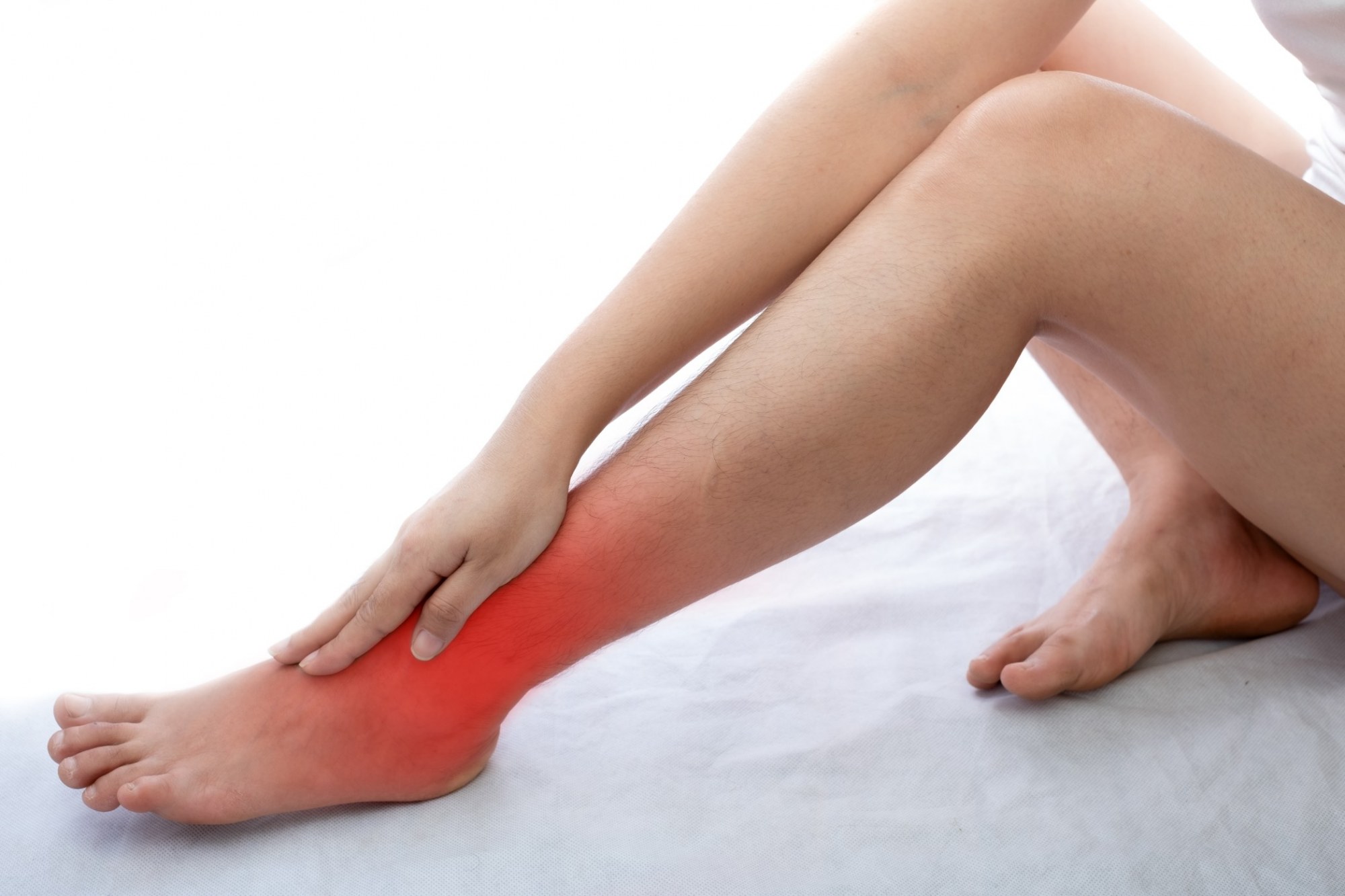
Ankle Pain Relief
Ankle pain refers to any pain and discomfort in your ankles. This pain may be caused due to any sprain or injury or may also be due to some underlying medical condition such as arthritis. Most ankle sprains and strains occur when your foot rolls. It may lead to twisting of your outside ankle towards the ground.
It is always seen that a sprained ankle often swells for about 7 to 10 days. However, a few months may be required to heal a severe injury completely.
Causes of Ankle Pain

Your ankle joint comprises cartilage, bones, muscles, and connective tissues such as ligaments and tendons. Any injury or disease in any of these may cause ankle pain.
Some common causes of ankle pain are as follows:
- Sprains – An ankle sprain is an injury of one or more ligaments. Ankle sprains may occur from walking on an uneven surface, stepping off a curb, falling, or playing different sports such as basketball, or tennis, in which a rapid change in your direction causes the ankle and may twist inward.
It is also commonly seen that ankle sprains occur in the Anterior TaloFibular Ligament (ATFL). ATFL is located on the outer part of your ankle. Symptoms may include throbbing pain in the outer part of your ankle, including bruising, swelling, etc.
- Tendonitis – Tendonitis usually occurs when the tendons which join your muscle with your bones get irritated or inflamed. There are usually three types of tendonitis that may occur in your ankles: peroneal tendonitis, posterior tibial tendonitis, and Achilles tendonitis.
Peroneal tendonitis refers to the inflammation of the peroneal longus. This tendon runs along the outer part of your ankle. With this type of tendonitis, you may feel a dull ache or tightening sensation on the outer portion of your ankle. In some severe cases, there may be swelling, and you may also feel a popping sensation along the outer part of your ankle. The pain often develops over a couple of weeks and may worsen while standing or walking. At the same time, the condition may get better with rest.
Posterior tibial tendonitis may cause ankle pain and swell in the inner part of the joint. If it is left untreated, it may lead to the development of significant walking problems.
Achilles tendonitis leads to a feeling of tightening and burning pain along the back of your ankle. It may lead to causing mild swelling and may also cause morning stiffness in the heel and calf.
- Arthritis – Arthritis is one of the most common causes of ankle pain. There are generally two types of arthritis that may affect your ankle. They are osteoarthritis and rheumatoid arthritis.
Osteoarthritis is usually the wear and tear type of arthritis that gradually leads to the ankle joint’s deterioration. With time, the cartilage loss may cause the bones to rub against each other. Bone spurs may also develop as a result of osteoarthritis. The pain caused by osteoarthritis may vary, starting as an intermittent achy sensation that progresses along with sharp, constant pain.
Rheumatoid arthritis is also an autoimmune condition that may attack multiple joints throughout the body, including the foot and ankle. If you have rheumatoid arthritis, you may experience various other symptoms also, such as fatigue or weight loss.
Treatment of Ankle Pain
The treatment for ankle pain usually depends on the cause and severity of your ankle pain. Some general treatment options for ankle pain include the following:
- RICE Protocol – RICE protocol is a standard home-based treatment option for treating musculoskeletal pain, injury, or inflammation in your body. It consists of 4 steps: Rest, Ice, Compression, and Elevation.
Rest is one of the most common primary treatments for ankle pain. It involves providing rest to your joint and allowing the inflammation to subside. It can sometimes offer complete relief if the pain is not severe.
Ice refers to applying ice bags for about 15-20 minutes, three times a day, to keep the swelling down and provide a soothing effect to the pain.
Compression involves applying compression bandages to support and immobilize your ankle joint. It can help in reducing the pain and swelling in your ankle joint.
Raising the ankle above the level of your heart can be very helpful in reducing the swelling, at least for the first couple of days after an ankle injury.
- Physical Therapy – Physical therapy is a common treatment for many ankle diagnosis, including strains and tendonitis. It is also beneficial for people who may have undergone ankle surgery. A trained and experienced physical therapist can use various rehabilitation exercises to increase ankle muscle strength and regain mobility by minimizing stiffness. Physical therapy is also beneficial in treating chronic ankle problems.
Conclusion
Maintaining good muscle strength and flexibility is one of the most important factors for preventing ankle-related pain or injuries. Proper physical therapy treatment by a trained professional is a key factor in the treatment of both acute and chronic knee problems. Proper warming up before any physical activity may also reduce the chance of injury and prevent ankle pain.
